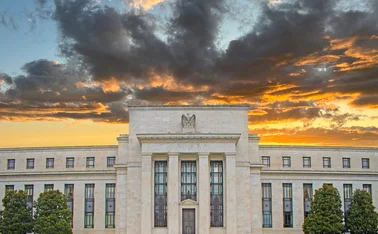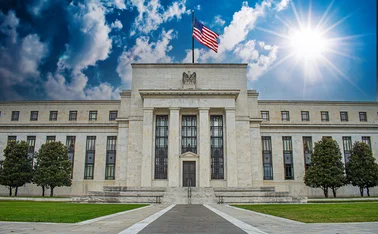
The promise of data-driven policy‑making

As the world becomes more digital, central banks and regulators can draw information about the economy from an ever-growing data pool.
Central banks have an insatiable appetite for immense quantities of economic data. As gatekeepers of the global financial system, central banks need to have the most accurate real-time picture of both the domestic and international economies, emerging price pressures and imbalances within the financial system.
Agustín Carstens, general manager of the Bank for International Settlements, says: “Transactions data, browsing histories, geolocation and broader digital footprint [are] all highly valuable.” These types of datasets can be used in a multitude of ways, including assessing credit quality, pricing insurance policies or marketing financial services.
However, central banks continue to rely on the publication of traditional macroeconomic datasets, which are often published with a considerable time-lag – as highlighted during the Covid-19 pandemic. If data is to be the ‘new gold’, as Carstens says, central banks must consider creating a new gold standard.
In many countries, old legacy systems prevent new data being drawn into decision-making processes. Using current infrastructure, data harmonisation is difficult, inaccurate, costly and resource-intensive. Many financial firms still use outdated reporting tools to provide central banks with critical information about liquidity positions and solvency. Meanwhile, data concerning everyday economic activities is not being used to its full advantage.
Progress has been made. Artificial intelligence and machine learning tools are being deployed by central banks to scan alternative forms of data – such as social media and mainstream newspapers. Elsewhere, central banks are collaborating with big tech firms to source data about consumer behaviour. But central banks can still learn from the private sector, which uses data frequently to make important decisions – often costing a lot of money. Yet the private sector does not seem to complain about data being underfunded or unshared.
New data infrastructures have the potential to provide central banks with a real-time snapshot of the economy. This report explores the challenges faced by central banks on current data infrastructure and legacy management systems. It discusses new forms of architecture built on real-time transaction data and poses the question of whether a global rethink of data structures is needed.
A shift must occur within the central banking community, one where policy-makers are no longer data-centric but data-driven. When this will occur remains to be seen.
Only users who have a paid subscription or are part of a corporate subscription are able to print or copy content.
To access these options, along with all other subscription benefits, please contact info@centralbanking.com or view our subscription options here: subscriptions.centralbanking.com/subscribe
You are currently unable to print this content. Please contact info@centralbanking.com to find out more.
You are currently unable to copy this content. Please contact info@centralbanking.com to find out more.
Copyright Infopro Digital Limited. All rights reserved.
As outlined in our terms and conditions, https://www.infopro-digital.com/terms-and-conditions/subscriptions/ (point 2.4), printing is limited to a single copy.
If you would like to purchase additional rights please email info@centralbanking.com test test test
Copyright Infopro Digital Limited. All rights reserved.
You may share this content using our article tools. As outlined in our terms and conditions, https://www.infopro-digital.com/terms-and-conditions/subscriptions/ (clause 2.4), an Authorised User may only make one copy of the materials for their own personal use. You must also comply with the restrictions in clause 2.5.
If you would like to purchase additional rights please email info@centralbanking.com test test test








